Looking to create your dream home lab? You could throw everything onto an old PC or a few Raspberry Pi devices and call it a day, but there's another route you could take for the ultimate setup. Ever dreamed about having your own servers inside cabinets, monstrous network switches, and fiber routed everywhere? That's precisely what you could achieve with used enterprise hardware.
Repurposing old enterprise hardware in your home lab is a great way to cut costs, obtain some seriously powerful hardware, and learn plenty through the process of putting it all together. I've been collecting used parts off classified sites for a while now to flesh out the home lab, and there are some cool ways to recycle old enterprise-grade hardware for your self-hosting journey.
Build the ultimate LAN
10Gb, VLANs, the works
Standard consumer-grade networking equipment, which comes with most ISP broadband plans, is usually limited to just 1Gb, which is perfectly fine for most households, offering speeds up to around 100 MB/s and is ideal for streaming and most other online activities. However, once you move to a fiber plan that can surpass 1Gb, your internal network may become the bottleneck.
Even without a full fiber connection, or perhaps one that doesn't quite reach these speeds, your local area network (LAN) may not be up to snuff. If you have one client streaming 4K video, another PC playing an MMORPG, and some files being sent to and from network-attached storage (NAS), there's not a lot of bandwidth left over if everything passes through a single 1Gb link.
Your router likely has internal switching capacity surpassing 1Gbps, but if you're also using a network switch to hook up some devices and have a bottleneck somewhere along the line, you could encounter issues where your data demands exceed what the LAN can handle. Or you simply may wish to have faster transfer speeds of 2.5Gb and beyond. That's where enterprise-grade hardware can help.
Consumer-grade network switches can offer 2.5Gb network links and offer higher switching capacities, but switches designed for data centers and businesses can often support 10Gb. A LAN running on 10Gbps links would provide more bandwidth than you'd likely require.
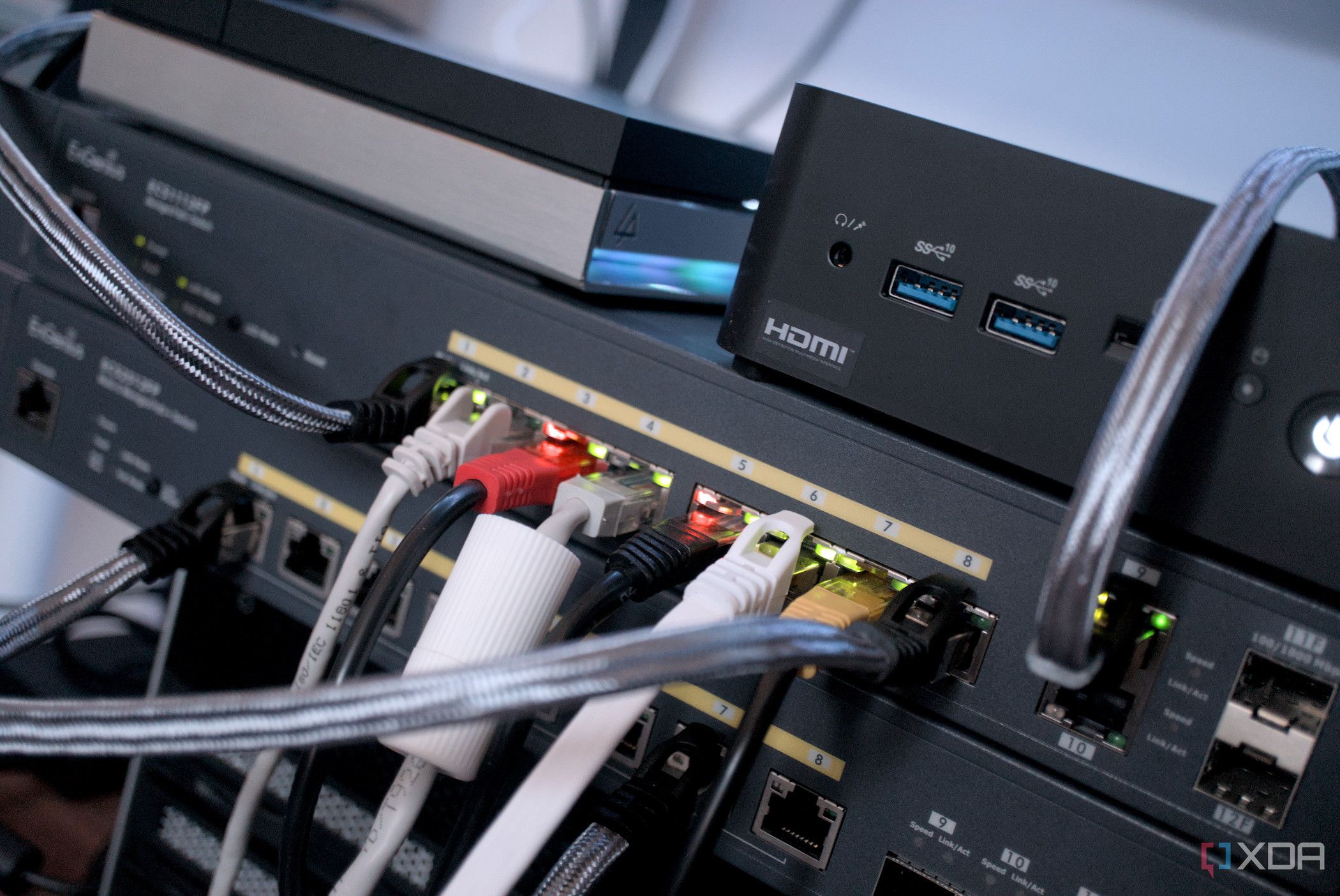
Related
6 steps I take to make my home network more secure
There's no one single thing that keeps your home network safer, but a layered approach will.
Create a home security system
Frigate + Ring = ❤️
If there's one app I would recommend for a homebrew home security solution, it would be Frigate. This powerful (and free) network video recorder (NVR) can connect IP cameras and provide the means to view live feeds. Footage can be saved to specified locations, depending on how detection and filtering have been configured.
Throw in support for Home Assistant, and you can create the ultimate smart home hub with integrations for countless brands and product lines, including Amazon's Ring. I'm planning to use a combination of Frigate and Ring to protect the home, which will be running on a single Proxmox server, repurposed from its previous installation in some server cabinet.
Frigate can then take these feeds and detection algorithms and make some magic happen with Ring through Home Assistant, allowing for some truly creative automation to be created. You've likely seen how extensively we've covered Home Assistant here at XDA, but it's in large part because we enjoy using it to power our smart homes — and we believe you'll love using it, too!
Test grounds for learning
Trying out new things in sandboxes
Ready to learn something new? Old server equipment can be used to try out some new things before deploying stuff in a live environment. There's nothing worse than having to deal with support tickets from family members (and sometimes guests) when things on the LAN can (and sometimes will) go wrong. That's where a private playground comes into play.
With used enterprise equipment, you'll have plenty of power at hand without spending the big bucks on parts to build one yourself. Although they often produce considerably more noise than a desktop PC with similar specs, you're relying on a compact package, usually in the form of a 1U or 2U chassis. Install it inside the same cabinet as your existing equipment, and you won't even notice it's there.
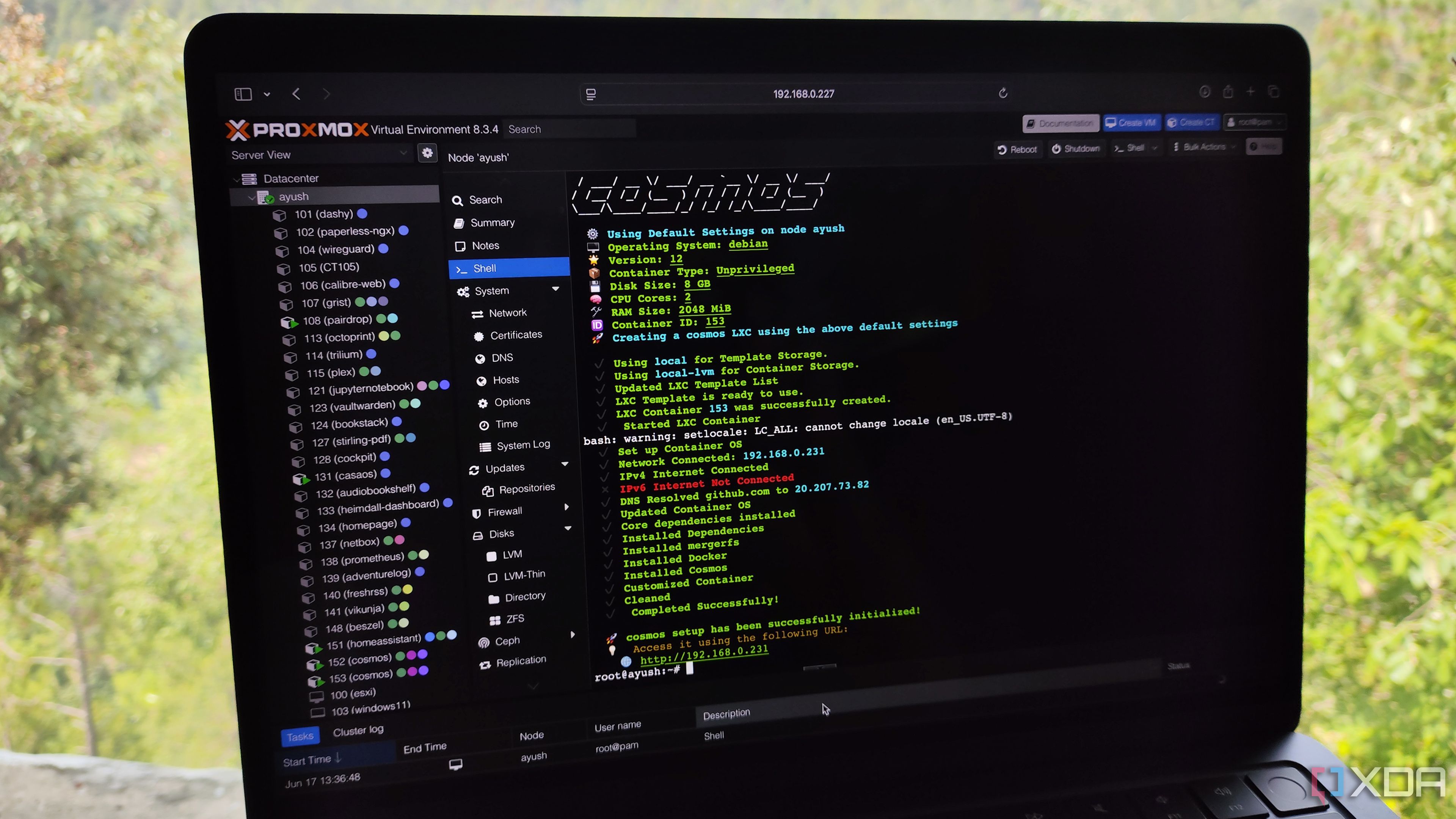
Related
7 Proxmox LXCs I can't live without
My Proxmox server is incomplete without these useful containers
Self-host absolutely everything
Media, office apps, storage, and more
Self-hosting has taken off, and more people are looking to run services from home, saving money in the process. Tired of paying each month for music streaming? Cancel your Spotify subscription, purchase albums of your favorite artists, and stream everything through Jellyfin. This way, you'll always have access to this content.
The same goes for movies and shows. The upfront cost may seem higher to purchase everything, but the issue with Netflix and other streaming services is the requirement to continue paying for the monthly subscription to gain access to the catalog of content. Stopped paying? Goodbye access! And sometimes stuff will be removed from the list of what you can watch.
Protect the home lab
Keeping the lights on 24/7
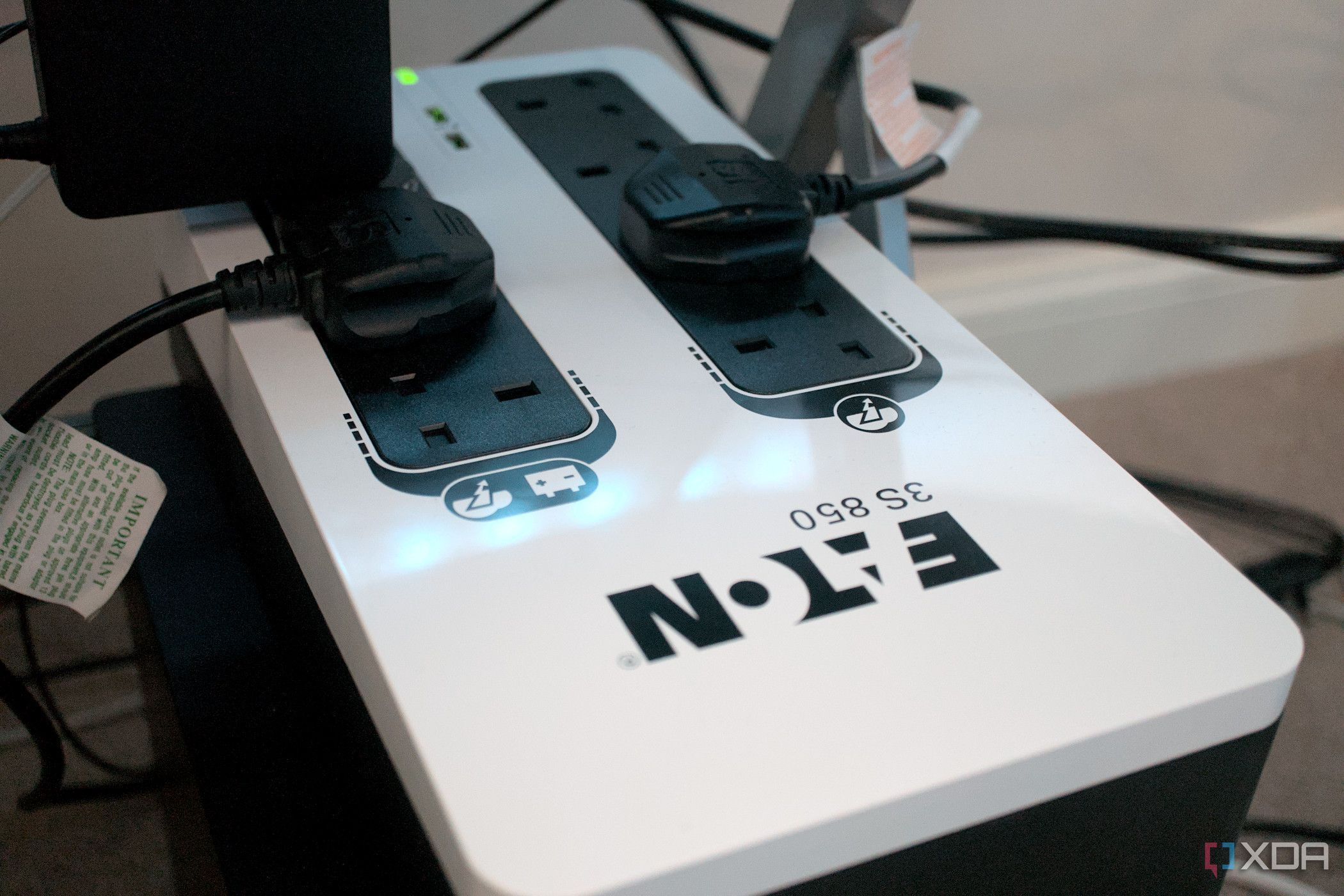
Link Image
The most important thing to do with all this new (at least to you) equipment is to protect it. Just like a UPS can help save your PC and networking hardware from damage with any issues relating to your power grid's electricity delivery, the same goes for servers. Consider searching for refurbished UPS devices or battery-less enclosures. New batteries can be bought at reduced prices.
Running your own services and dealing with network storage will require graceful power stage alterations to avoid data loss. This is where a UPS can really save you some time and headaches. A UPS can also be connected to a server or two to provide data for these systems to safely shut down once a predetermined battery level has been reached, to avoid running out of juice and not immediately shutting everything down with a quick power outage.
I always use a UPS (or a few) to keep everything online, including the router, network switches (and everything they power through PoE), and servers.
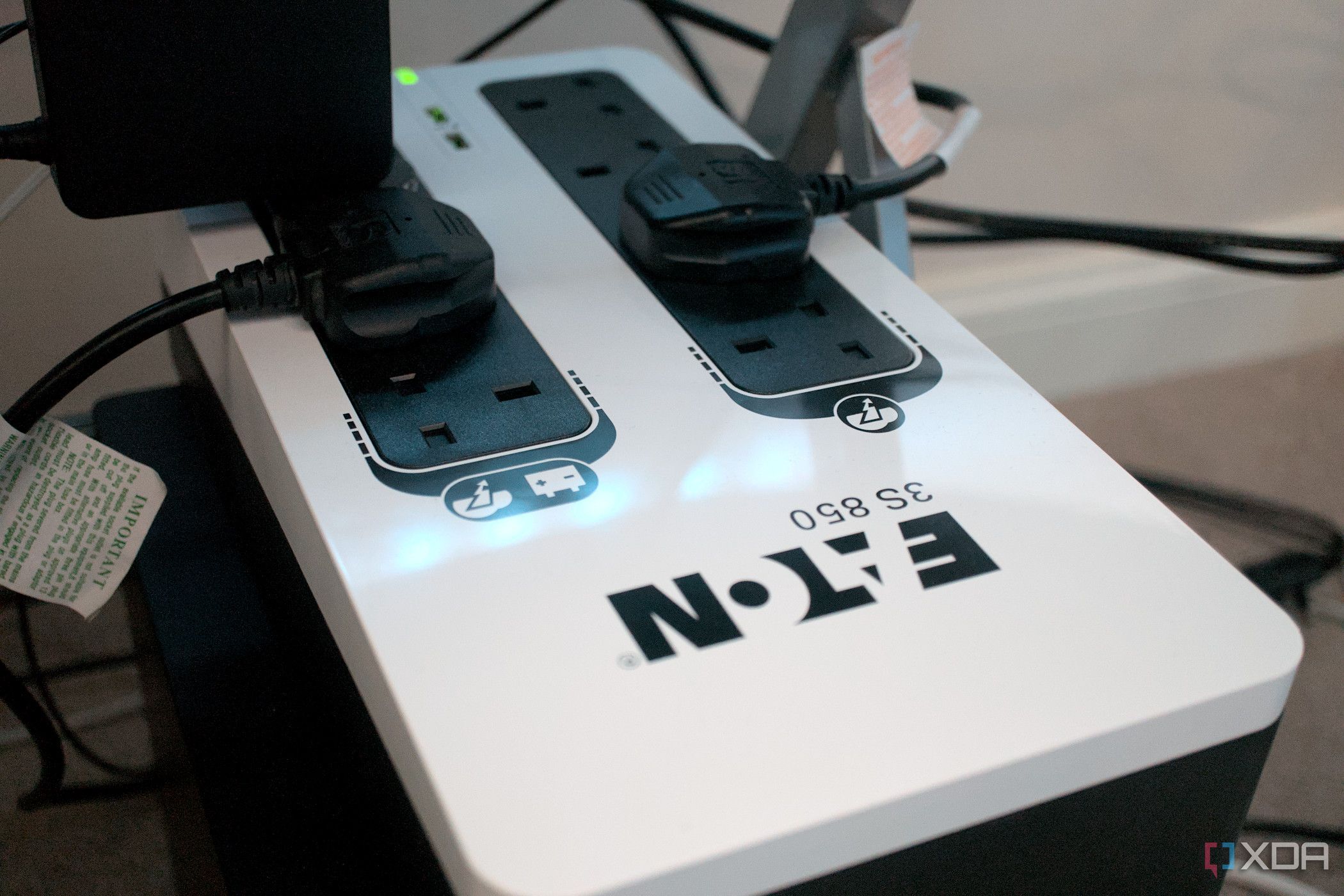
Related
4 reasons a UPS should be the next investment in your home lab
A UPS may not seem very appealing at first glance, but it's a highly useful device for home lab enthusiasts
Old enterprise hardware is king for home labs
Running your own self-hosted apps and services from home can be done on nothing more than a single-board computer (SBC) and some storage, but you're limited by the available system resources. That's where used enterprise gear comes into play. Instead of paying thousands, you're paying next to nothing and recycling electronics for a more capable home lab setup.
It's not perfect, however. You will have to factor in increased power draw on your home circuit, as well as higher noise levels. If you plan on running these systems 24/7 (as you should), you may want to consider installing everything in a room not frequently visited, such as your garage or a closet. Once up and running, you'll appreciate the advanced features available through enterprise gear, as well as everything you learn along the way.
.png)
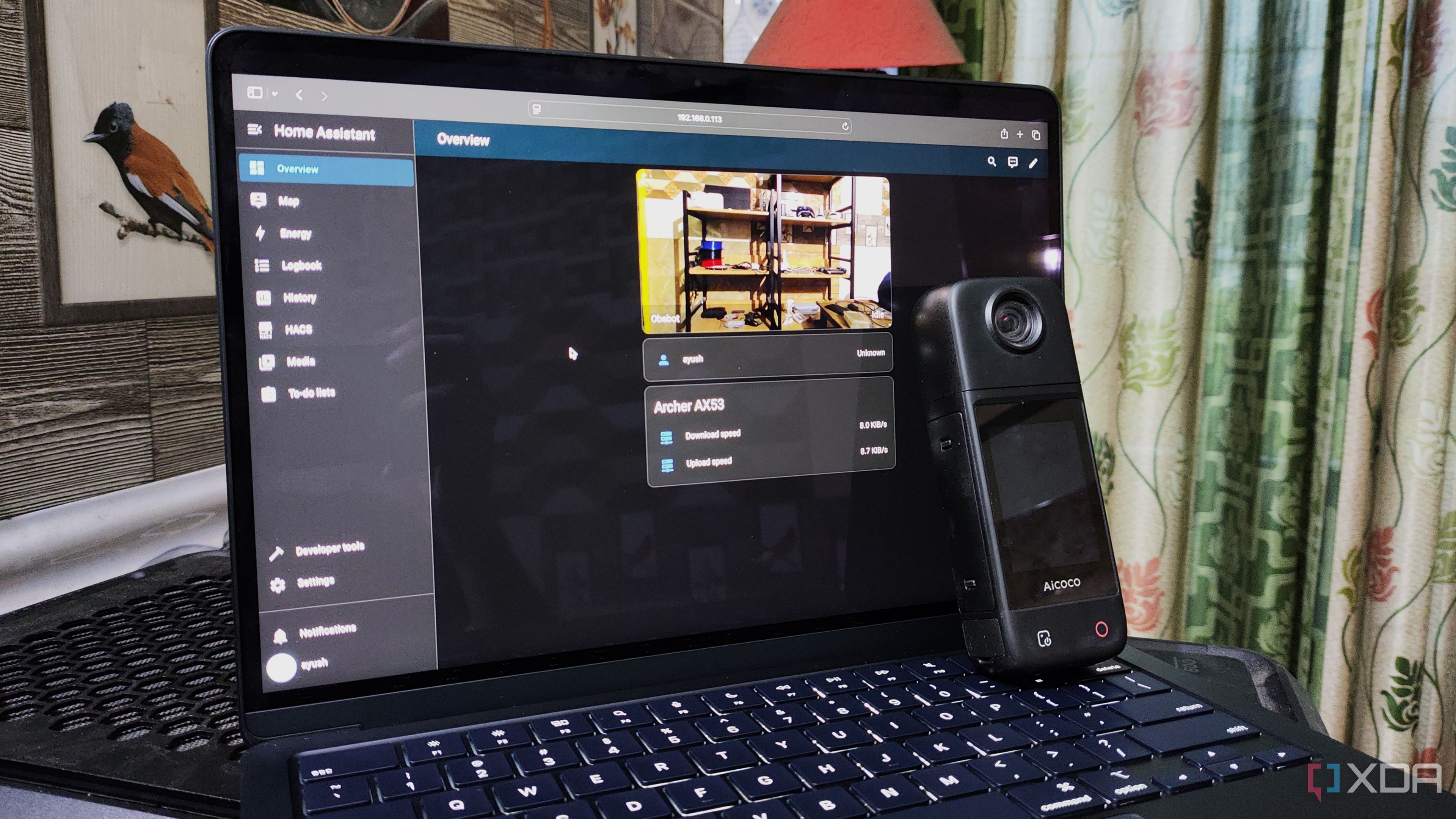












 English (US) ·
English (US) ·